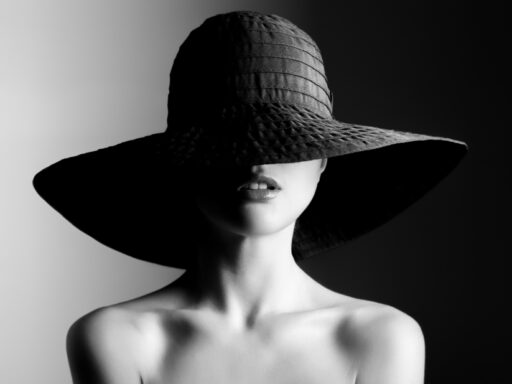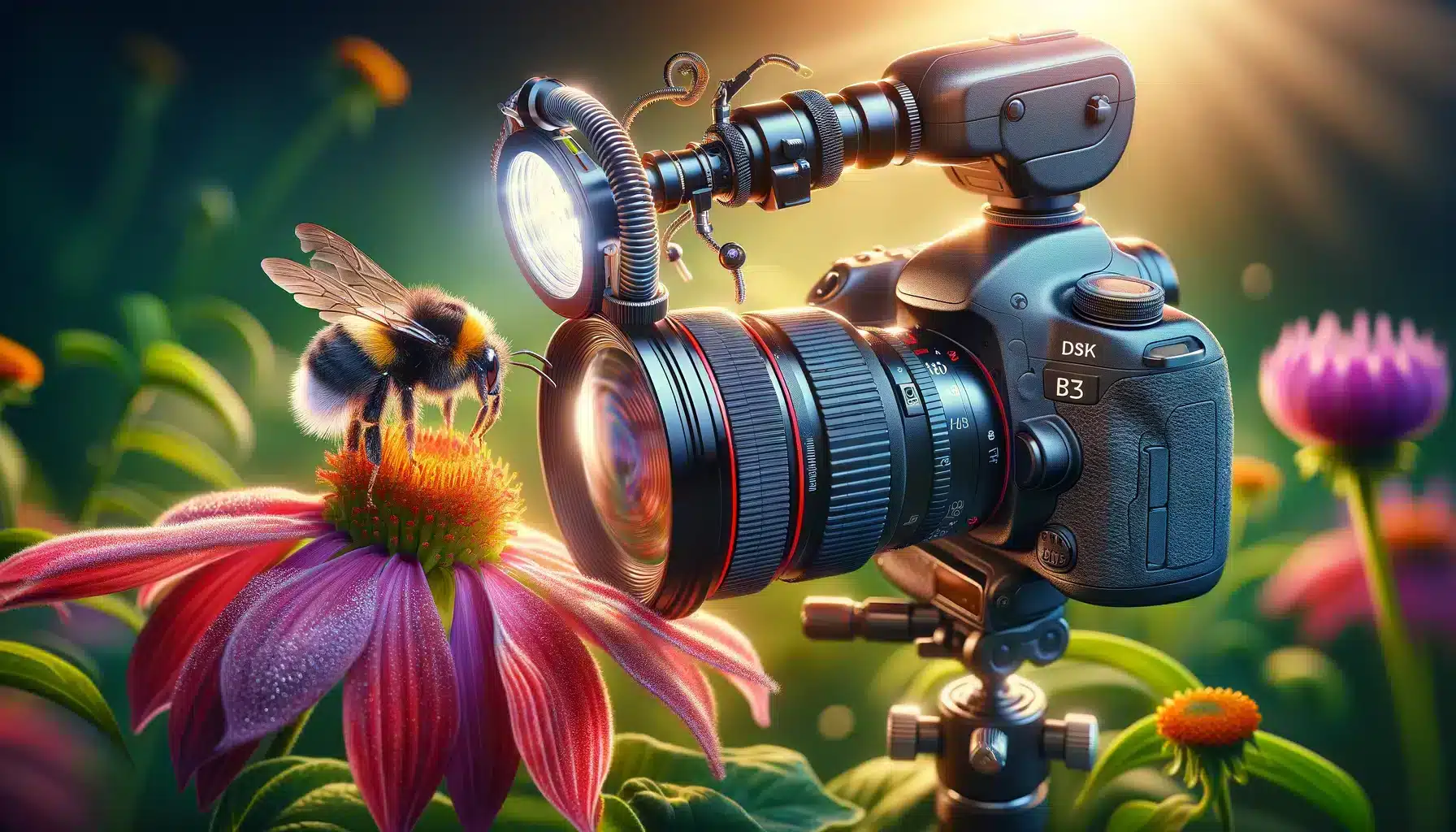
Photography is all about crafting a strong and compelling narrative, a powerful picture telling a tale, and capturing the nuances precisely. Whether you indulge yourself in street photography, landscape photography, or simply the art of capturing high-magnification closeup photography, a keen eye for detail is important. This is especially true for macro photography, where you capture very small objects with all their intricacies and details, and the photograph seems greater than its actual life-size. Now, an avid photographer would be thrilled to experience this type of photography. So, in this article guide, we will cover this type of genre of photography in detail.
Understanding Macro Photography
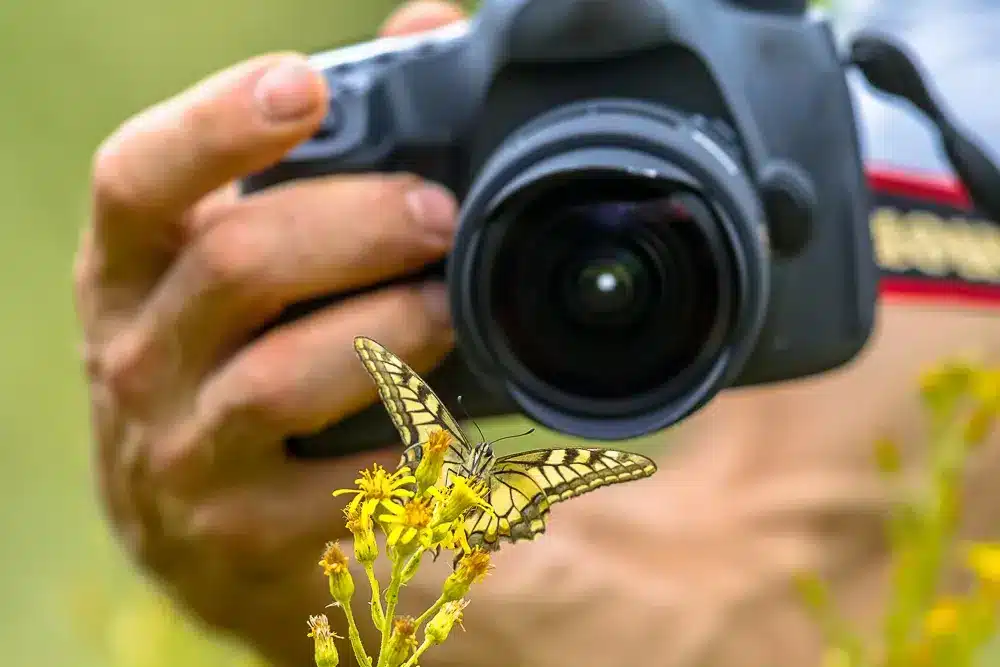
Folks, if you like capturing the minute details of any object, you are probably looking for macro images. So, let’s begin by delving deep into the definition of macro photography. This genre of photography is all about taking pictures of small subjects at a ratio of at least 1:1. This indicates that the subject’s size in the picture is at least equal to its true size, which frequently produces an extremely close view that shows details that are hidden from view. Photographing macro subjects might involve everything from flowers to abstract forms and nature itself. So, to sum it up, the term macro in this type of photography refers to capturing small objects at a very close range.
Gear Needed for Macro Photography
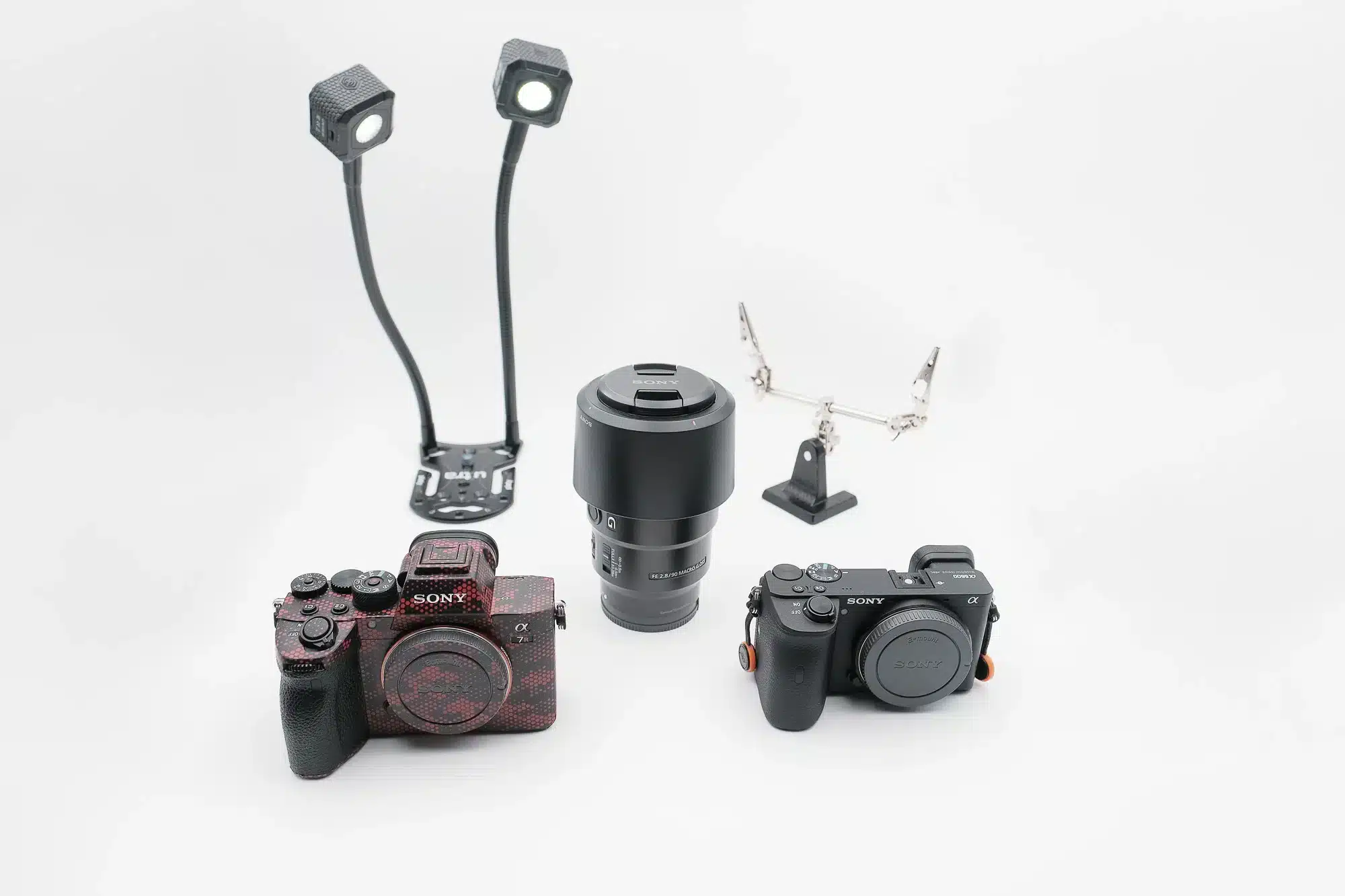
Your knowledge of macro photography with all its definitions and nuances means nothing if you don’t practice it. To become a close-up photography maestro, you need specialized gear, which is mentioned below:
1. Macro Lenses: Close-up photography is the primary purpose of Macro lenses. They let you take close-up shots and catch fine details, which frequently yields life-size or larger-than-life photographs. Macro photo lenses usually have a magnification ratio of 1:1. However, higher magnification ratios, like 2:1 or 3:1, are also available.
2. Extension Tubes: The next thing you need for a perfect macro photograph is extension tubes. These hollow tubes are inserted between the camera body and lens to raise the minimum focusing distance, enabling tighter focusing. They are a good way to get macro effects with regular lenses and are less expensive than dedicated macro lenses.
3. Close-Up Filters: These filters are what define the essence of macro photography. Also referred to as diopters, close-up filters are screw-on lenses that lower your lens’s minimum focusing distance. Although they cost less than macro lenses, they might not provide as much detail.
4. Tripod: The meaning of macro photography lies in the fact that you have to capture larger-than-life pictures. So, if you want the minute details, a tripod is indispensable. A tripod is necessary for macro photography to stabilize your camera and avoid camera shaking. Using a solid tripod is also essential for close-up images since even the smallest movement can result in blurriness.
5. Lighting: Whenever you see prime examples of macro photography, lighting is something that might grab your attention. Macro photography requires proper lighting since small subjects are frequently difficult to illuminate adequately. To achieve the proper lighting effects, you can use natural light, diffused flash, or specialized macro ring lights.
6. Remote Shutter Release: Use a remote shutter release or your camera’s timer feature to prevent the camera from shaking when you push the shutter. This guarantees that the camera stays still throughout the exposure.
Methods for Getting Captivating Macro Photos
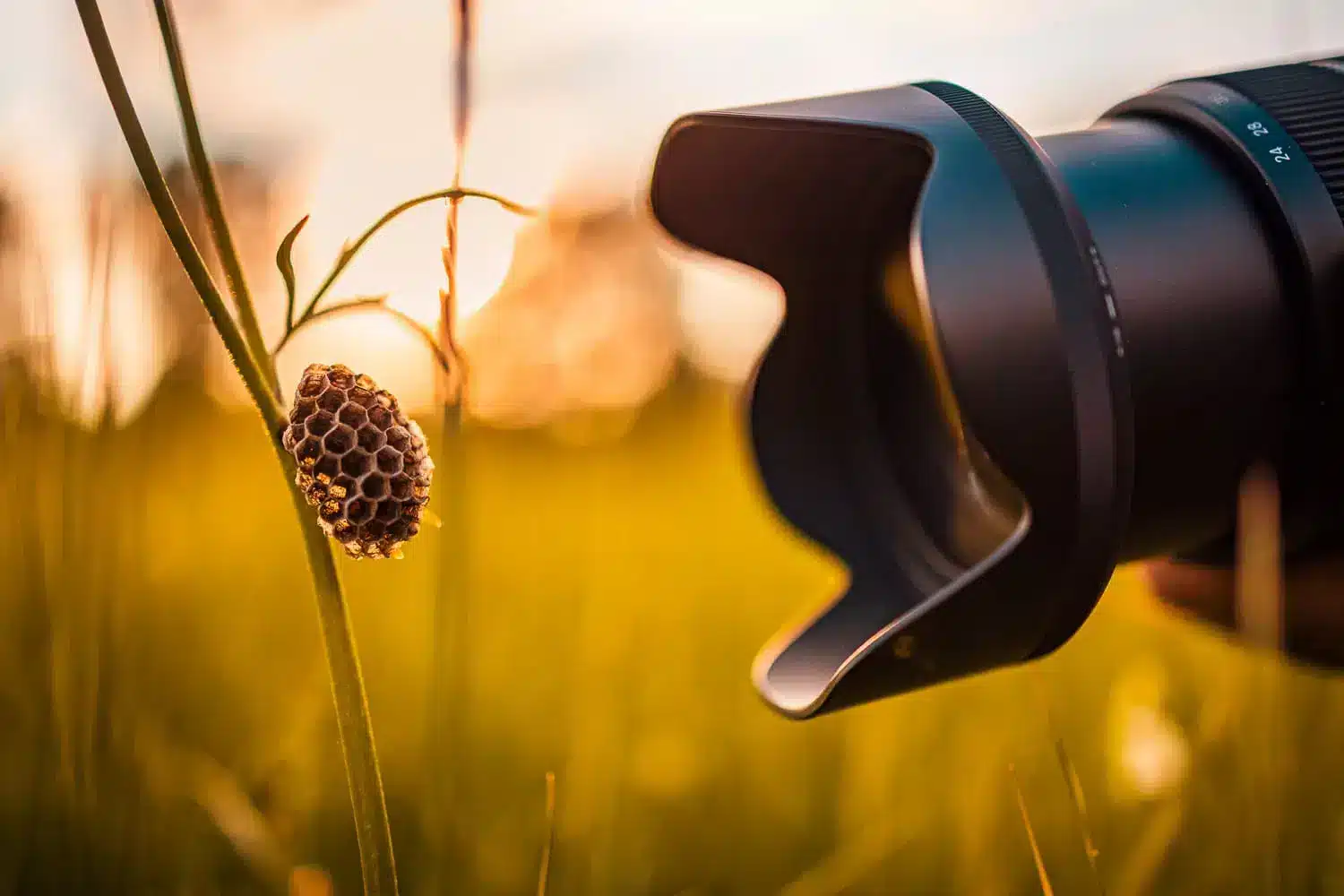
There are different proven methods that you can practice to get the desired result when taking macro images.
1. Pay Attention to Composition: In the true meaning of macro photography, the composition is very important. Take note of the background, the subject’s placement within the frame, and the image’s overall balance. Try a variety of viewpoints and angles to determine which composition is most visually appealing.
2. Use a Shallow Depth of Field: Often used in macro photography, a shallow depth of field may highlight your subject and produce a lovely blur effect. To get this effect, use a wide aperture (low f-stop number). But keep in mind that a shallow depth of field might sometimes cause portions of your subject to become out of focus, so pay close attention to the details that matter most.
3. Consider the Lighting: Lighting is important in macro photography. Diffused, soft light works best to catch the fine details of your subject. To reduce harsh shadows and reflections, think about diffusing the flash or utilizing a ring light if you are using one.
4. Focus Stacking: This method involves capturing several pictures at various focal points and combining them in post-processing to obtain a deeper depth of field. This technique works especially well for macro photography in situations where the depth of field is extremely shallow.
5. Pay Attention to Background: In macro photography, the background can significantly affect how the image looks overall. If you want the subject to stand out, use a background that is simple or out of focus. You can also experiment with different backgrounds to get interesting effects.
6. Get Close but Take Your Time: Macro photography frequently necessitates taking the subject very close. Find the ideal perspective and focus by being patient and taking your time. Insects and small animals can be especially difficult to approach; proceed cautiously and gently to prevent upsetting them.
Tips for Developing Your Skills in Macro Photography
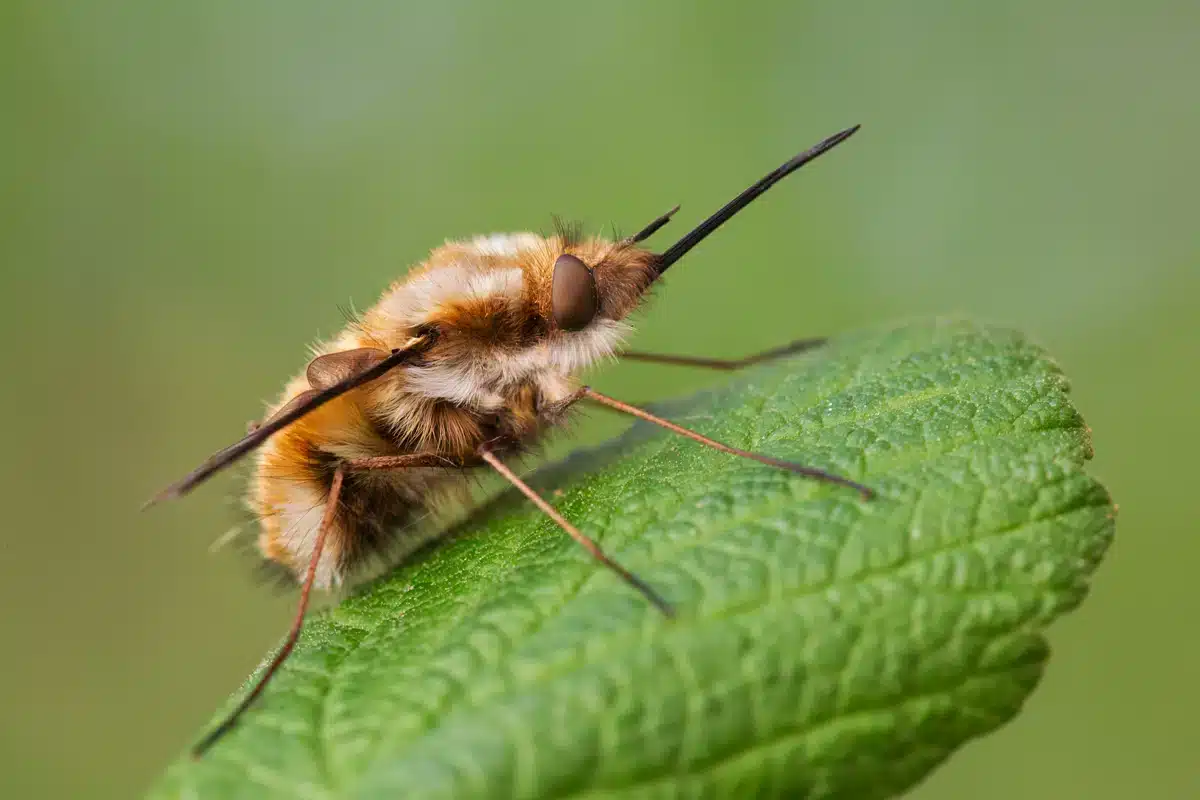
I know that macro photography in its true essence might seem a little tough to you, but believe me, with the right practice, you can become a pro.
1. Repeat Practice: Macro photography, like any other genre of photography, gets better with repetition. By regularly photographing a variety of subjects, you can hone your abilities and acquire problem-solving skills.
2. Examine the Work of Others: To obtain ideas and understanding, examine the macro photography of other photographers. Examine their methods, arrangements, and lighting choices to find out what makes their pictures unique.
3. Try Different Subjects: You don’t have to stick to photographing only natural scenes with macro photography; you can also experiment with textures, patterns, and abstract forms. Playing around with various topics can lead you to new creative opportunities.
4. Use a Reflector: By reflecting light onto your subject, you can blur harsh shadows and draw attention to certain details. This is very helpful when using natural light for work.
5. Maintain Your Equipment Clean: Smudges and dust on the lens’s sensors or camera might degrade the quality of the image. Maintaining clean equipment will help you get the sharpest, clearest photographs possible.
Ideal Cameras for Macro Photography
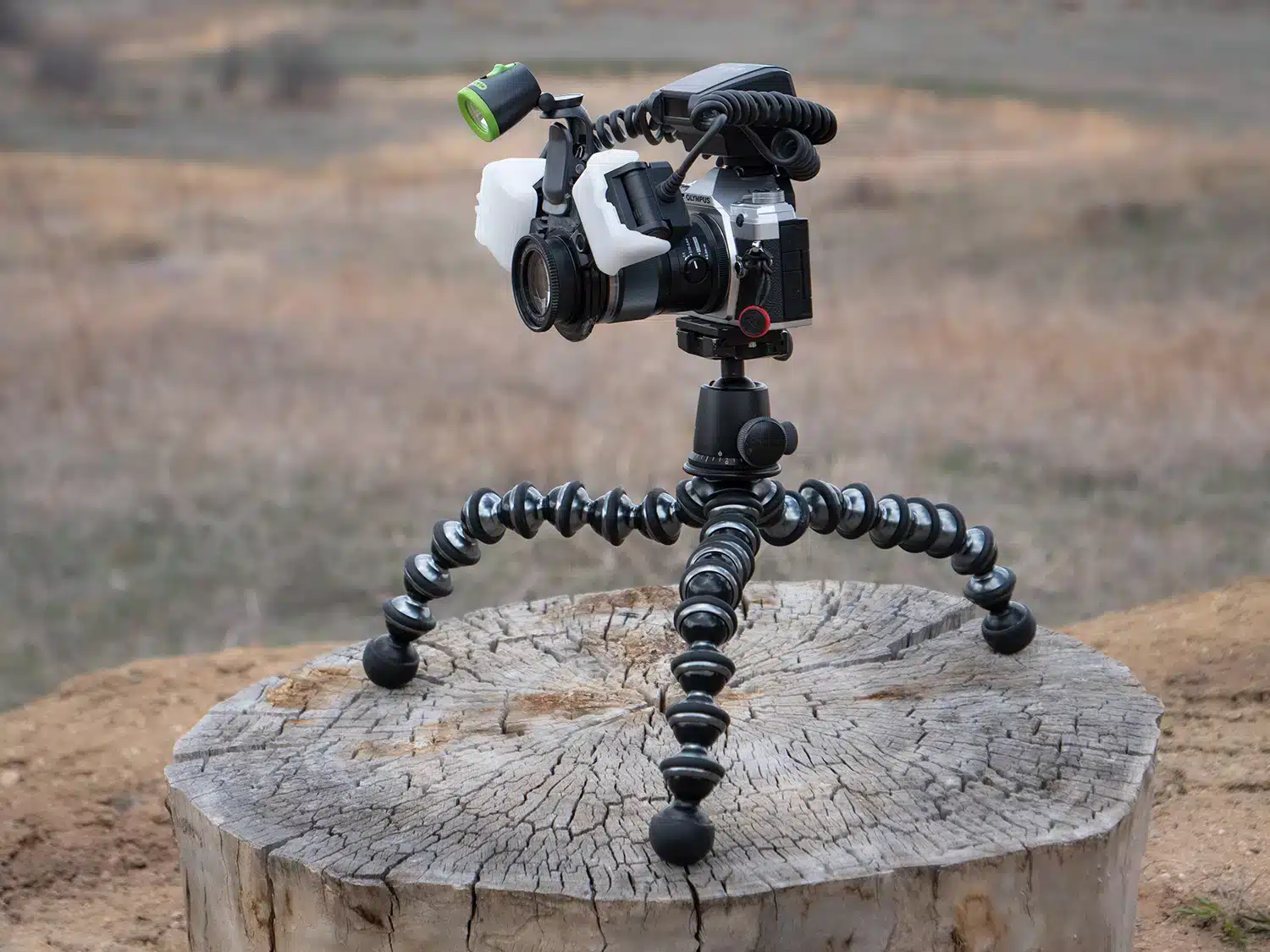
Generally speaking, high resolution, superb image clarity, and the capacity to attach specialist macro lenses make cameras perfect for macro photography.
Here are a few highly suggested cameras:
- Canon EOS R5: EF and RF macro lenses work well with the camera, which is renowned for its great dynamic range and high resolution.
- Nikon D850: This camera is perfect for capturing fine details because it has a high resolution and excellent image quality.
- Sony Alpha a7R IV: This camera is a fantastic option for macro photographers due to its superior autofocus and high resolution.
- Fujifilm GFX 100: This is an excellent medium-format camera with a wide dynamic range and detail, ideal for macro photography.
- Panasonic Lumix DC-S1R: Ideal for detailed high-magnification photography, this camera boasts a sturdy construction and great resolution.
- Olympus OM-D E-M1 Mark III: Using Olympus’ macro lenses, this camera performs well for macro photography due to its portability and in-body stabilization.
If you want to know about common micro photography subjects, this article has covered detailed information.
Conclusion
Wrapping up, the article covered a detailed discussion on macro photography. If you are eager to capture the smallest of details when it comes to showcasing your photography skills, macro photography is your answer. All you have to do is get your hands on the right gear and capture the finest shots with precision.
Guide to Intricacy!



